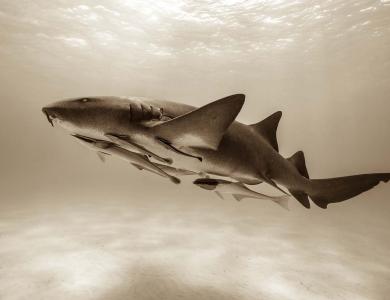Award-winning photographer Chris Schmid is part of the Sony Global Imaging Ambassadors program, which tells stories through still and moving imagery. Constantly researching how to capture unique still and motion images using the latest technologies, Chris focuses on wildlife, travel and outdoor sports photography.
In this blog, Chris tells us more about some of his fantastic new images from the African savana, and shares some of his stories, both technical and conservation-based.

"Cheetahs are one of my favorite subjects to photograph, I’m really fascinated by their speed, but also by their spotty elegance. The good thing about cheetahs is that they’re active during the day, as apposed to the lions or leopards. Because of this, cheetahs must do most of their hunting during morning and sunset hours when the light is good and the sun is low, and lions are not too active."
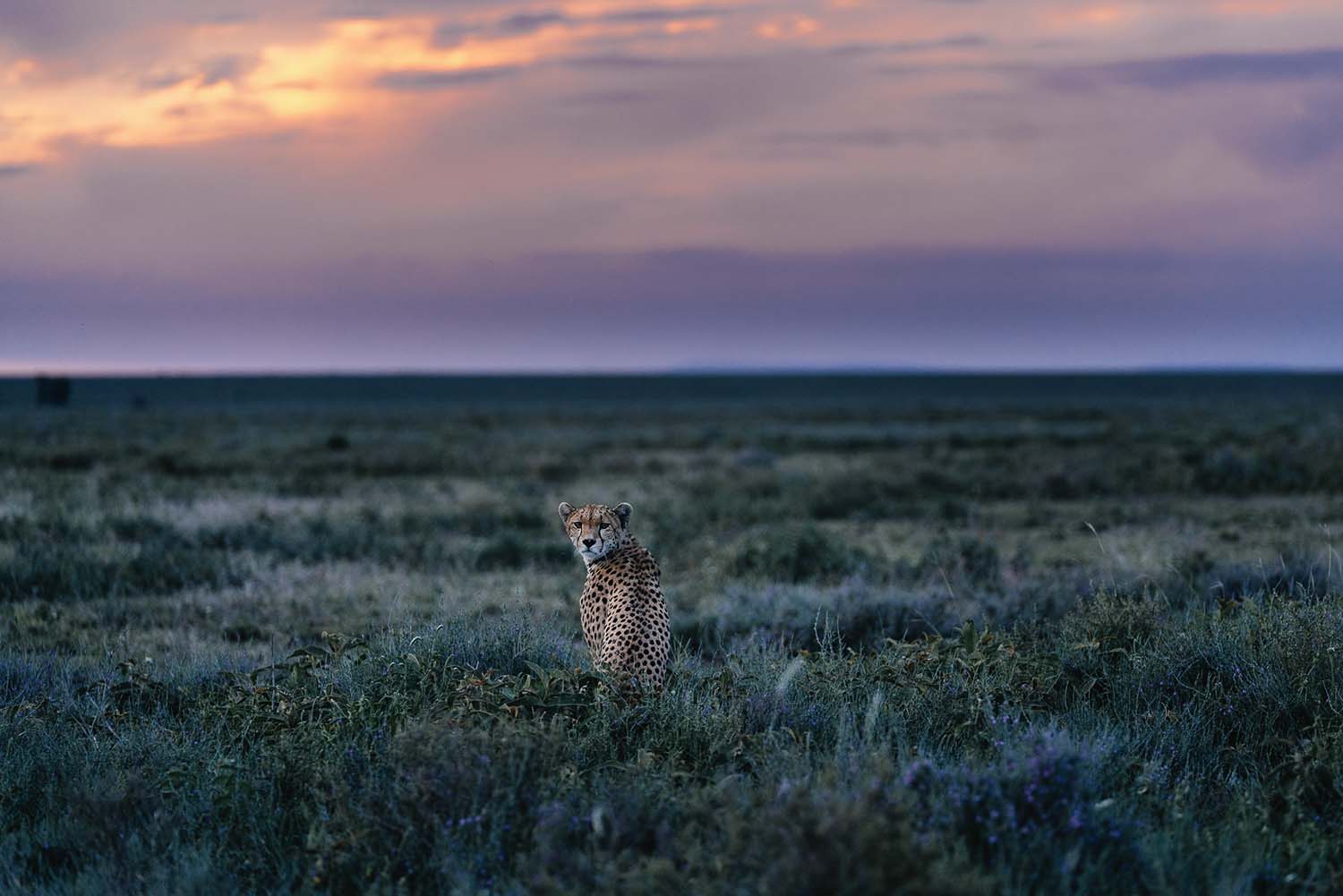
"We'd been following this cheetah family for three days, waiting to get a successful hunt for our upcoming documentary named 'The African Survivors'. But it had been a hard time for the female cheetah and its cubs, losing two times its kill to hyenas, which was heart breaking for us as they were starving. As the night was approaching, the female was walking in the open plains of the Serengeti National Park searching for wildebeests."
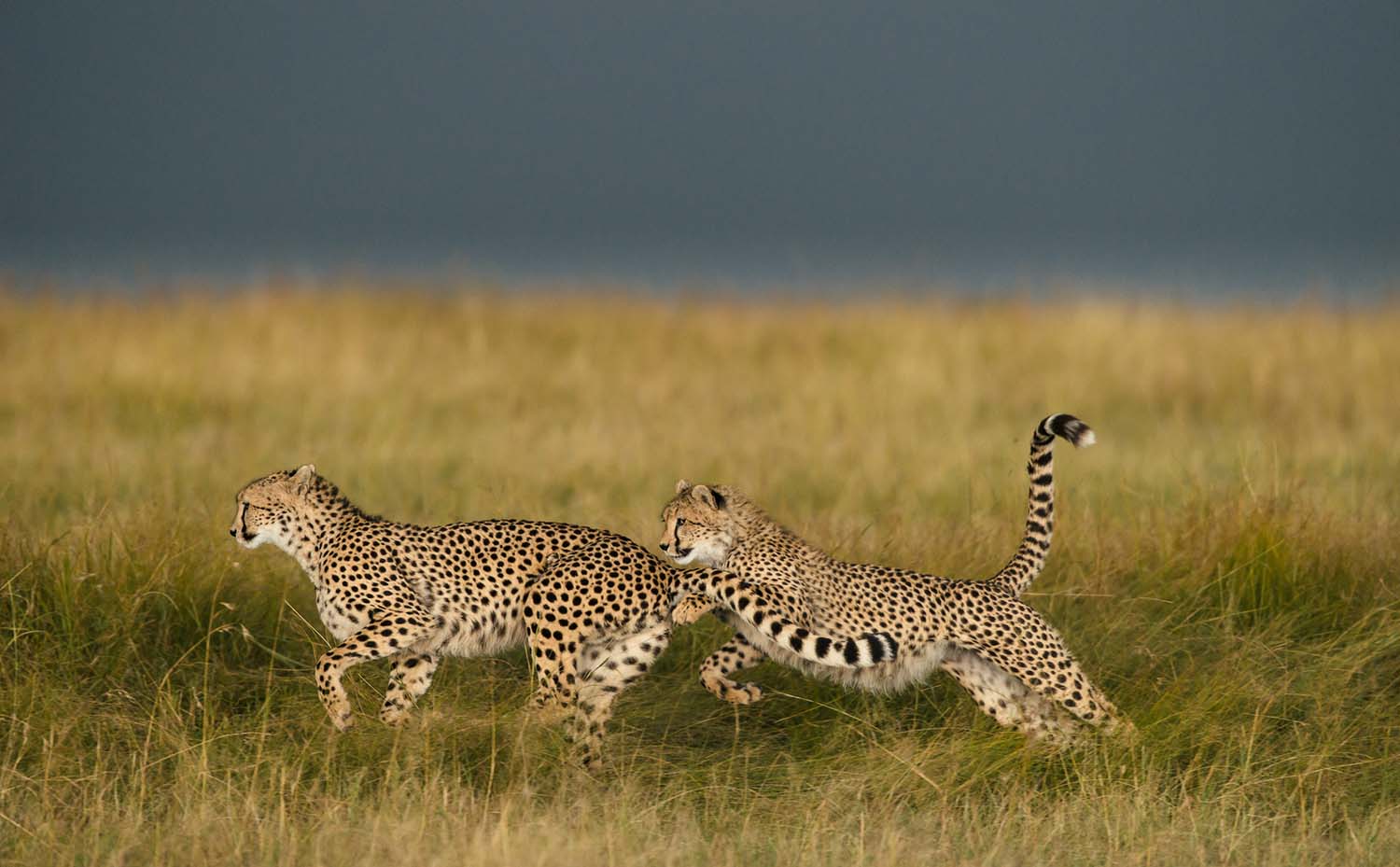
"In the wild, cheetah cubs have a high mortality rate, approximately 90 percent, and it is estimated that 50 to 75 percent of cheetah cubs die before they reach three months of age. So it’s always a pleasure to be able to see almost fully grown cheetah cubs. Female cheetahs are solitary animals but it's pretty unusual for a male cheetah to live alone. Generally 2 or 3 cheetah males, often brothers, will form a coalition. Today there are just 7,100 cheetahs left in the wild, according to a new study. For these large carnivores, when they are declining at that sort of rate, extinction becomes a real possibility."
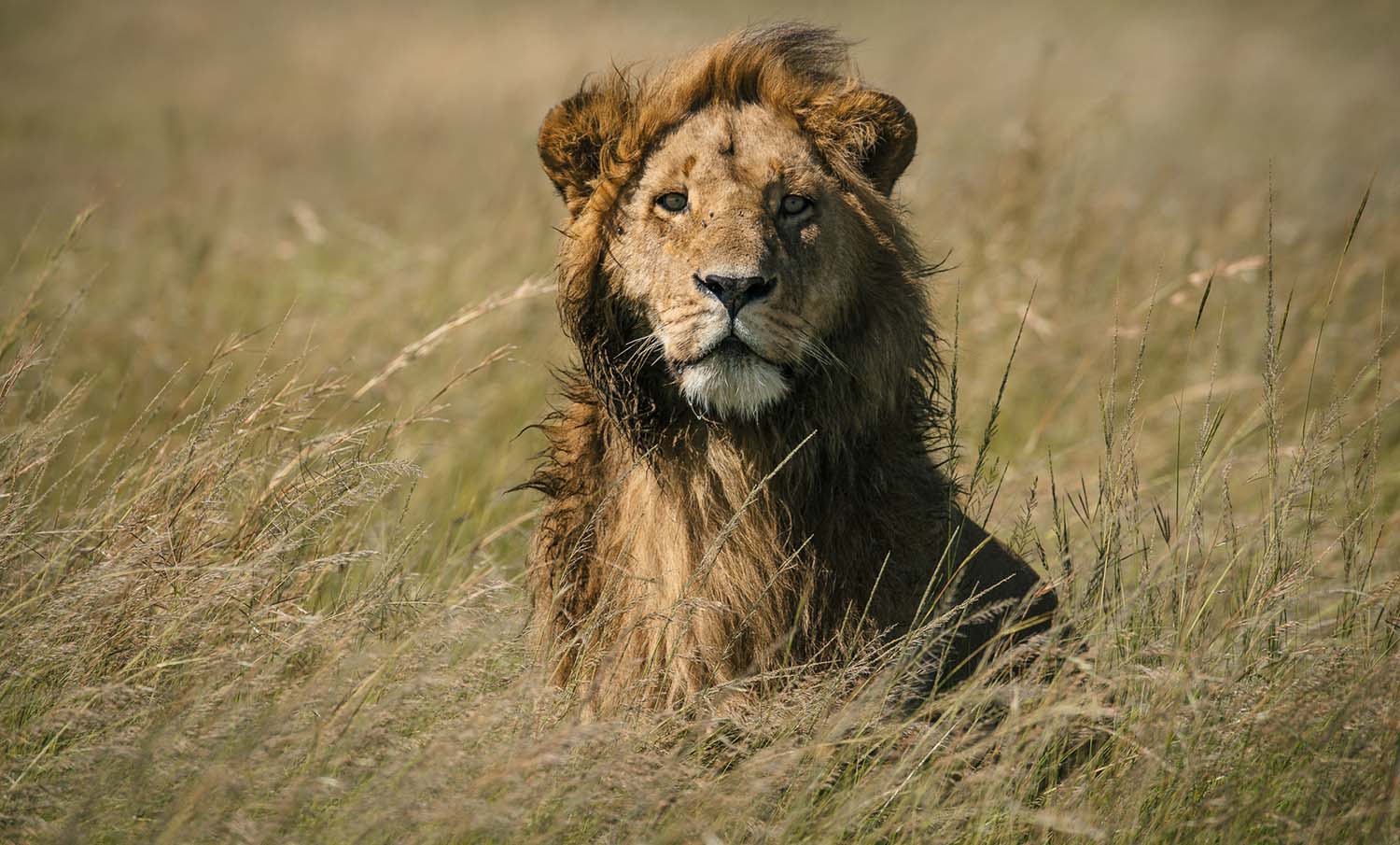
"Imagining a world without lions seems impossible. Walk ten blocks in most of the world's cities and you'll see a dozen lion statues, small or large, icons of the most symbolic animal on Earth. But the African lion faces the threat of extinction by the year 2050. In 1985, when I was born, the best estimate of the world's lion population was 75,800. Today, studies point to 20,000 to 30,000 lions remaining. We've lost 95 percent of lions in the last 50 years."
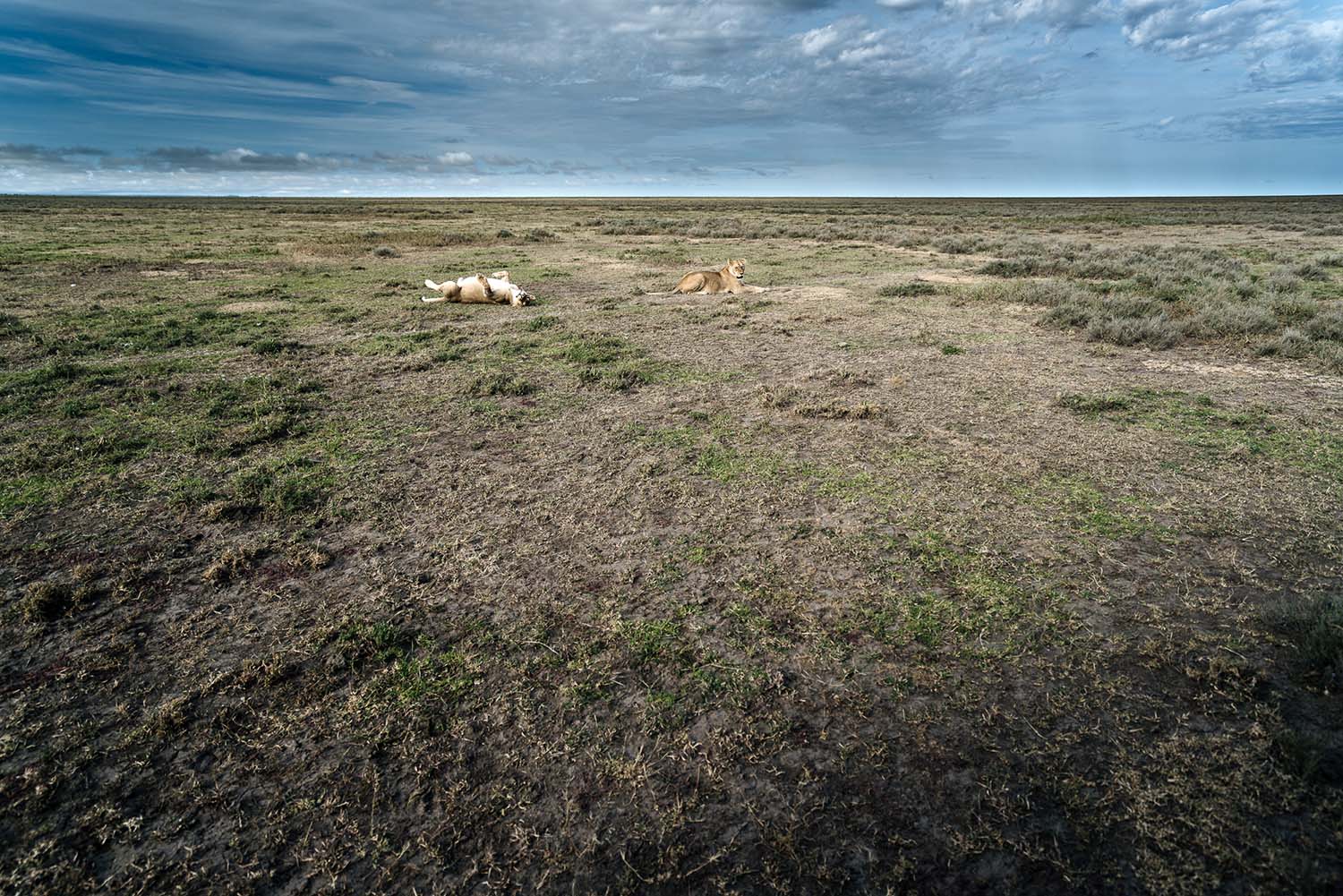
"My wife Carolina and I have decided to spend the next two years travelling across Africa to tell the story of the ones who struggle to survive, reconstructing the lives of these African survivors. We would like to show the surviving challenge these species are facing from the vast plains of the Serengeti in Tanzania to the Namibian Desert in Namibia. We think that everyone will benefit from our project which is very exciting but more specifically it is an educational and media outreach. As photographers and filmmakers, we have a big role to play in conservation. For example, human-lion conflict is arguably the biggest threat to lions in Namibia, and elsewhere in Africa."
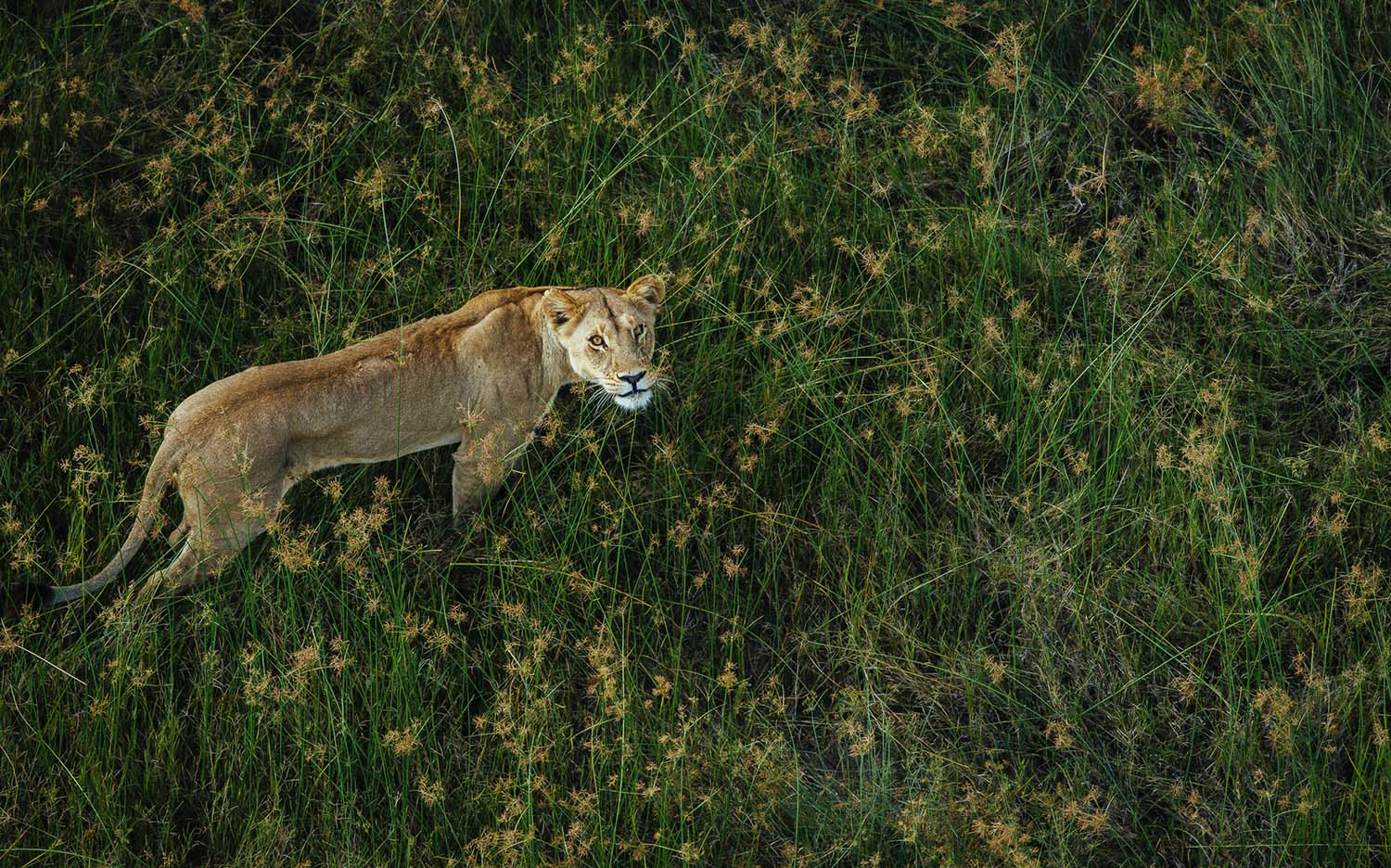
"The above image was shot during an helicopter flight over the Okavango Delta in Botswana late in the afternoon, when the light was at its best. I'm always flying with open doors to prevent the window's reflection in the picture. So you must really take care when you are shooting aerial image, for both yourself but also for your equipment. A quick mistake when changing lenses and you can lose your camera or lens. That's why I try and take 2 or 3 bodies with 3 various lenses to avoid the change when flying. I usually use a 500mm and a 70-200mm. Sometimes I may switch for a 24-70mm.
When you’re doing aerial photography it requires a really fast shutter speed. It's essential to get good sharpness despite the movement and the vibration of the helicopter. The shutter speed should be greater than 1/2000. To do so you can use very large apertures since there is no need for depth of field in aerial photography and also a high ISO. If you’re shooting in Aperture or Shutter priority, the camera will often overexposed the image due to the dark background, specially when shooting birds eyes view. So you should probably underexposed your image by around 1 stop to get the correct exposure."
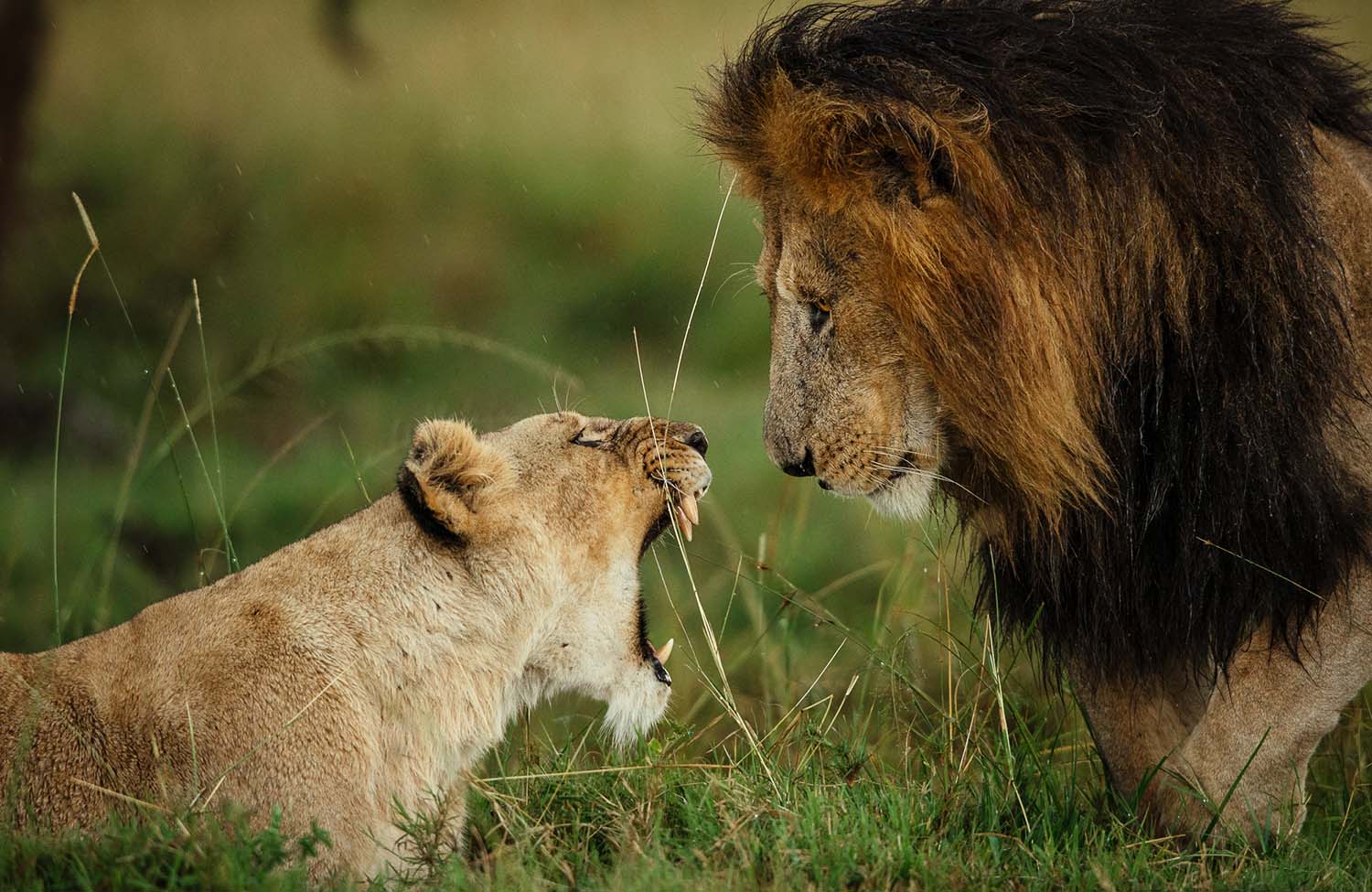
"Patience is very important in wildlife photography, but also perseverance. As a wildlife photographer, you’re gonna spend hours and hours in the bush, dreaming about "THE" shot. You may miss many shots before to get the one, but never give up. It takes an incredible amount of patience and persistence. A friend advised me a long time ago that it would take 10 years before anyone would even know my name and I think that that was an incredible lesson; to just enjoy the journey and take it one small step at a time.
Shooting as much as you can to develop your eye and establishing a strong portfolio. But every time you press the camera shutter ask yourself why you’re taking that specific picture. If there is no reason don't press it and enjoy the moment."
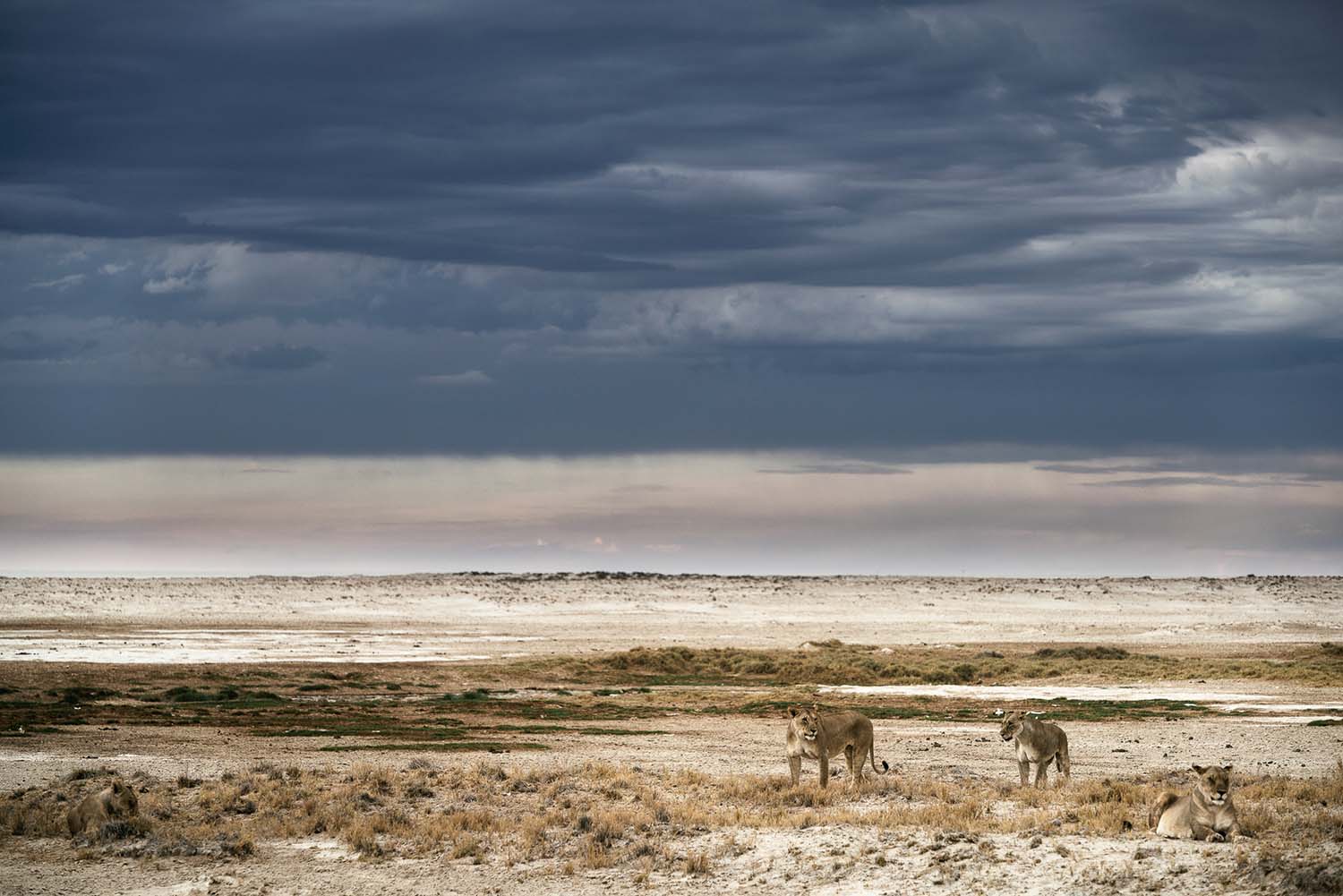
"For me, the environment is as important as the wildlife itself. One cannot survive without the other. It’s a win-win situation. So, if we want to protect wildlife, we first need to protect its environment. To obtain these habitats in my photos I use two different options. I’m not a big fan of wide angle lenses for wildlife photography (although they can be very nice for ground images). If I want a wide shot I would prefer to get more distance on the subject and use a 70-200mm or even a 500mm. By doing so, I maintain natural behaviour and I’m not disturbing the animal. One also gets a more cinematic feeling/shot by playing with perspective - foreground, middle-ground and background."
More from Chris:
schmidchris.com
instagram.com/schmid_chris
facebook.com/chrisschmidphotography
twitter.com/eyemage



